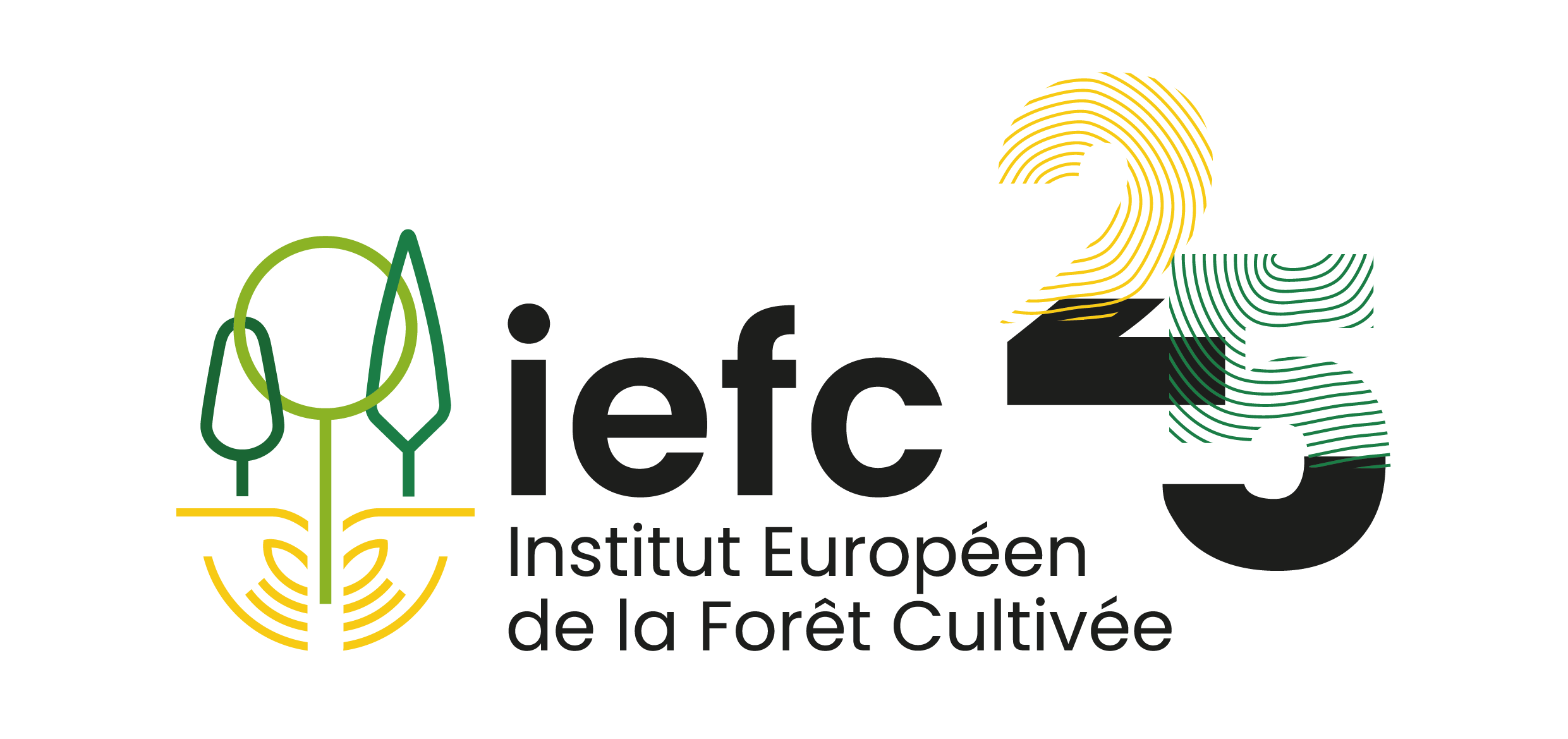Despite political commitment, Europe is struggling to halt the loss of biodiversity by 2010. Forests cover roughly a third of the European land area and they are a vital host to much of the biological diversity in Europe. Any initiative designed to halt the biodiversity loss in Europe must consequently take forests into account.
Demands on forests will become stronger and spatially more diversified. Production of wood and other traditional forest resources will have to be balanced against other kinds of goods and services from the forest ecosystems. Europe must develop frameworks capable of addressing all these demands to create optimal forest landscapes in the future while preserving biodiversity.
Although preliminary assessments show that the 2010 target of halting the loss of biodiversity will not be met entirely in the forests, Europe has the institutional, legal, financial and information framework in place to make a real difference.
The new European Environment Agency report was released last week during a side event at the 9th Conference of the Parties to the Convention on Biological Diversity in Bonn, Germany. The report identifies the state, trends and major pressures on the forest ecosystems across Europe and suggests needed actions and capacity-building for sustainable forest management and safeguarding biodiversity.
The European Forest Institute largely contributed to the report as partner in the European Environment Agencys European Topic Centre on Biological Diversity.
The full report can be downloaded free of charge at the EEA website.
More information:
Dr. Tor-Björn Larsson
Ir. Jo Van Brusselen
Policy framework for halting biodiversity loss largely in place European forests in the midst of struggle
30 January 2008
